Solar flare today! Sun spews out terrifying C-class solar flare; Planet in peril?
Earth is in the firing line as the Sun has spewed out a dangerous C-class solar flare from solar region AR3272.
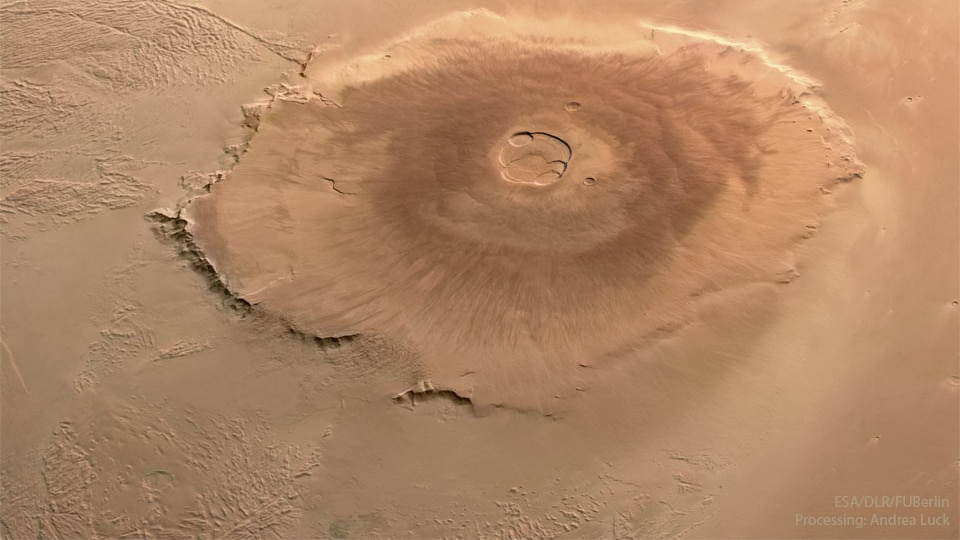
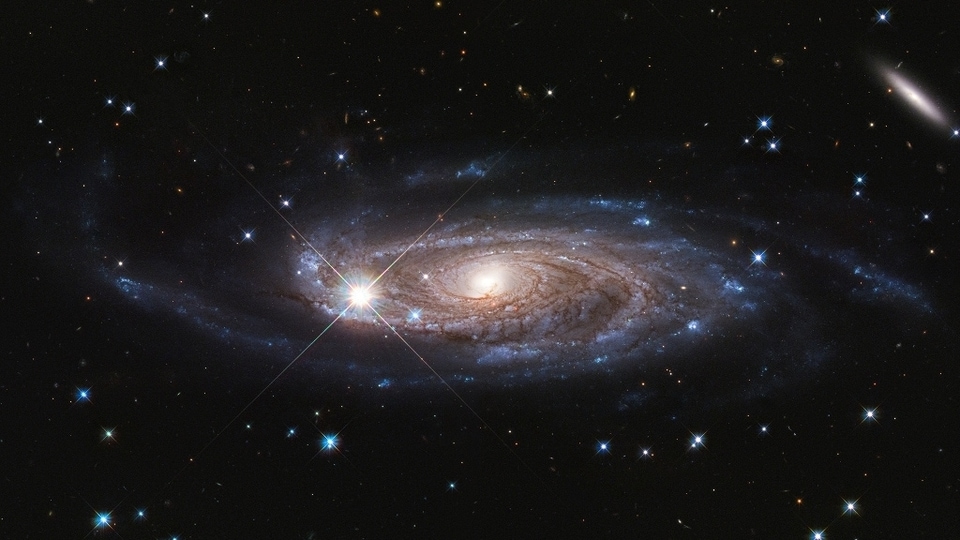

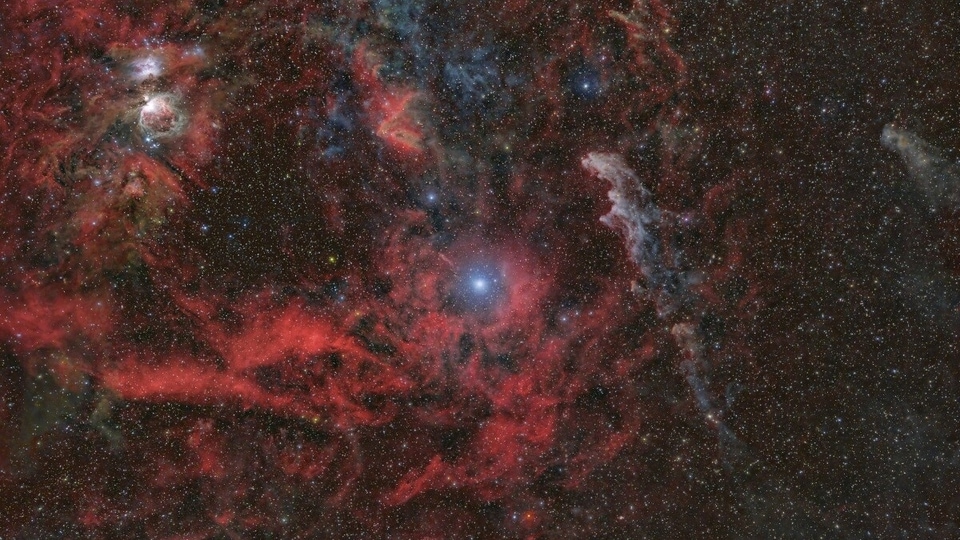
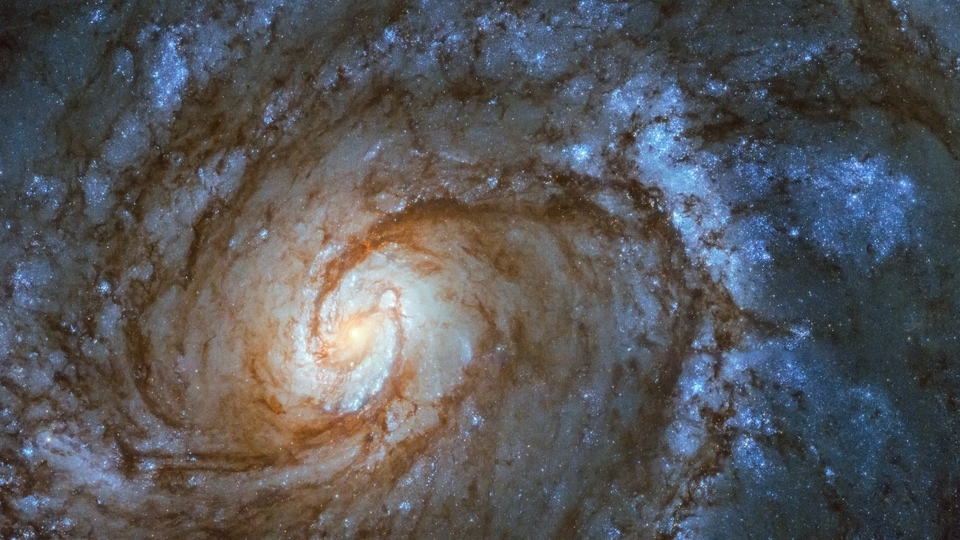
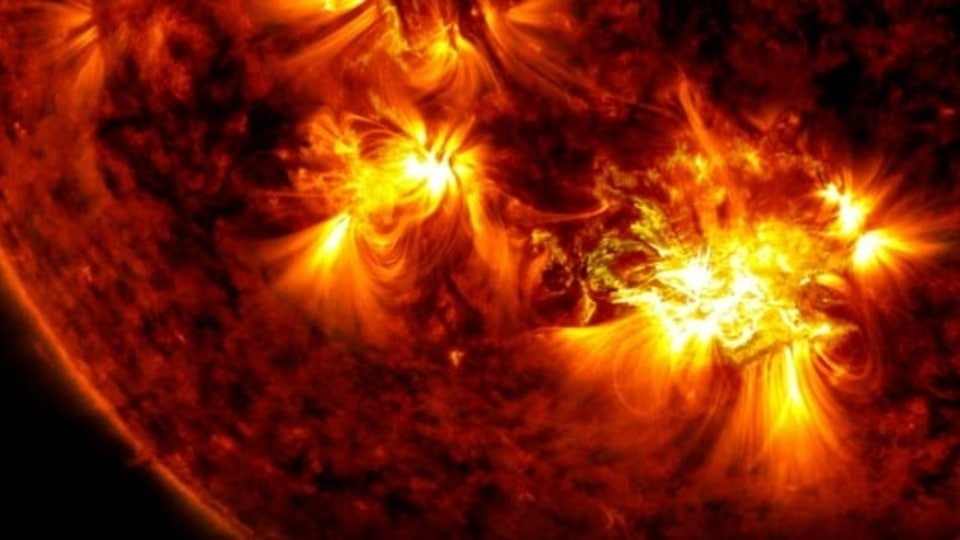
 View all Images
View all ImagesRecently, a minor shortwave radio blackout over the Indian Ocean area due to a newly formed sunspot which exploded, spitting out an M3-class solar flare on April 6. The affected countries included India, Sri Lanka, Bangladesh and even China, Japan, and South Korea. The Sun has gradually become violent due to its Solar Cycle 29 which is expected to hit its peak in July 2025. Therefore, Earth is in for a rough ride until then. Recently, the Sun spewed out C-class solar flare which could make its way towards Earth soon.
According to a report by the U.S. National Oceanic and Atmospheric Administration (NOAA), as many as 19 C-class flares were produced by the Sun yesterday, April 9. The strongest of them was a C-9.1 solar flare, just shy of an M-class solar flare which was hurled out. What's shocking in 18 of these solar flares originated from a single region known as AR3272 which has an unstable beta-gamma field, according to spaceweather.com.
There is a 95% chance of C-class solar flares hitting Earth today, but that is not it. As per the report, there is a 30% chance for M flares, and a 5% chance for X flares too.
Effects of solar activity
While Earth's magnetosphere deflects most solar activity carried by the solar wind, some charged particles seep through. These energetic particles cause magnetic disturbances, classified as either geomagnetic storms or substorms. These storms can cause stunning sky phenomena known as Auroras or Northern Lights.
When solar particles hit Earth, the radio communications and the power grid is affected when it hits the planet's magnetic field. It can cause power and radio blackouts for several hours or even days. However, electricity grid problems occur only if the solar flare is extremely large.
How NASA monitors solar activity
Among many satellites and telescopes observing the Sun currently, one is the NASA Solar Dynamics Observatory (SDO). The SDO carries a full suite of instruments to observe the Sun and has been doing so since 2010. It uses three very crucial instruments to collect data from various solar activities.
They include Helioseismic and Magnetic Imager (HMI) which takes high-resolution measurements of the longitudinal and vector magnetic field over the entire visible solar disk, Extreme Ultraviolet Variability Experiment (EVE) which measures the Sun's extreme ultraviolet irradiance and Atmospheric Imaging Assembly (AIA) which provides continuous full-disk observations of the solar chromosphere and corona in seven extreme ultraviolet (EUV) channels.
Catch all the Latest Tech News, Mobile News, Laptop News, Gaming news, Wearables News , How To News, also keep up with us on Whatsapp channel,Twitter, Facebook, Google News, and Instagram. For our latest videos, subscribe to our YouTube channel.
































